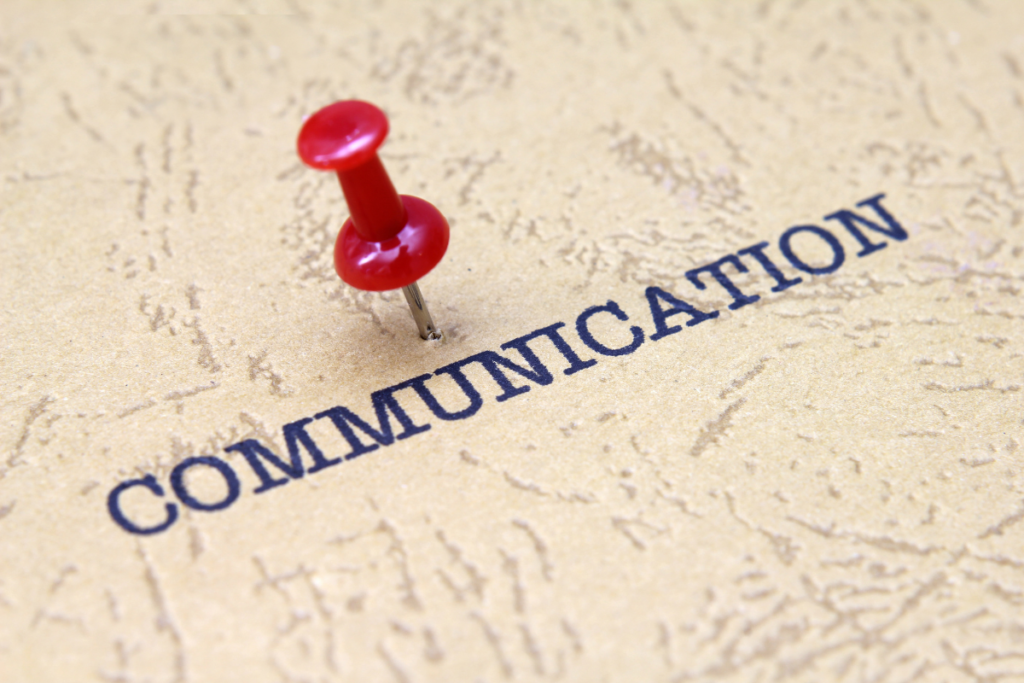Address
304 North Cardinal St.
Dorchester Center, MA 02124
Work Hours
Monday to Friday: 7AM - 7PM
Weekend: 10AM - 5PM
Address
304 North Cardinal St.
Dorchester Center, MA 02124
Work Hours
Monday to Friday: 7AM - 7PM
Weekend: 10AM - 5PM

What is brand communications? It’s a question that many people are asking, and the answer to this question can be different depending on who you ask. The best way to think about it is as “the process of managing an organization’s public image.” Brand communications involve marketing campaigns, advertising strategies, and customer service. Utilizing these three things together will help your company build its brand. When customers contact it, they feel like they know something about the company before ever coming into contact with employees or products.

Brand communications involve marketing campaigns, advertising strategies, and customer service.” This statement summarizes what brand communication actually entails. It’s about understanding how to establish connections between people who are looking at your company and those who are working internally on behalf of your firm. These connections need to have an emotional thread running through them to mean something to each person involved in this relationship – whether it’s the consumer or someone within the organization itself!
Companies need to work on their brand communications because it helps the company maintain a positive public image. It also increases customer trust and creates more loyal customers. Customers can tell if a company is reputable or not simply by looking at how they present themselves, so taking time out of your day to focus on your brand is something that will prove fruitful in the long run.
Brand communications should matter because consumers want personalities; savvy businesses understand how important this connection between consumer and business is – both for their own success and the success of their customers.
The process of marketing can be difficult for many businesses because it is a never-ending cycle. Still, you will find more success in your business endeavors by communicating with customers and creating relationships that span beyond one transaction or purchase.
The process of brand communications is a series of events that happen to help people know your company.
Brand communication has three primary functions: it builds relationships with consumers, increases customer loyalty, and helps maintain a positive public image for the organization. Brand communication is about understanding how to establish connections between people who are looking at your company and those who are working internally on behalf of your firm. These connections need to have an emotional thread running through them to mean something to each person involved in this relationship – whether it’s the consumer or someone within the organization itself!
Companies need to work on their brand communications because it helps the company maintain a positive public image. It also increases customer trust and creates more loyal customers. Customers can tell if a company is reputable or not simply by looking at how they present themselves, so taking time out of your day to focus on your brand is something that will prove fruitful in the long run.
Brand communication should matter because consumers want personalities; savvy businesses understand how important this connection between consumer and business is – both for their own success and the success of their customers.
The process of marketing can be difficult for many businesses because it is a never-ending cycle. Still, you will find more success in your business endeavors by communicating with customers and creating relationships that span beyond one transaction or purchase.
From marketing campaigns and advertising strategies all the way down to customer service, there are many ways you can work on developing your brand communications skills. The key is to identify which aspects of the process you need help with and then take steps in that direction.
There are two main types of brand communication: internal communications and external communications. Internal communication comes from employees to other employees, while the external side occurs through advertisements, marketing campaigns, customer service initiatives, etc.
This type includes memos about new policies coming down at work and messages between co-workers on what they accomplished yesterday! It’s important to have these conversations internally, so everyone knows what’s going on within the company without having too much confusion.
External communications include advertisements, marketing campaigns, and customer service initiatives designed to help the company reach out to those who aren’t currently customers or are not even aware of your brand.
It’s all about making sure you’re positively reaching as many people because there is nothing worse than when an organization decides they don’t care what people think anymore! This can lead to more problems down the line for both employees (who might want to leave) and consumers (who will take their business elsewhere).
This type of communication also helps create connections between someone inside the company and someone outside of it since these interactions happen through social media sites. It doesn’t just have to be about public relations – it can also be about connecting with those already in the company.

The best way for a business to use their brand communication is through social media platforms, but there’s always more than one way! The key is really focusing on what platform will make sense given your industry and target audience. For example, if you’re in retail and looking to reach out globally, using sites like Facebook or Instagram might work better. If you’re trying to connect with an older customer base, LinkedIn may be a good place for these conversations. At the same time, Twitter would likely appeal primarily to younger people or professionals.
It ultimately depends on where your focus lies within your organization because every business does things differently. It’s about finding the right mix of conversations that will not only help grow your business but also attract those who may be interested in joining.
The first step would be to assess how well your organization is currently performing. What are some areas where they could work on improving their skillset? Maybe it’s time for a new campaign or revamping old ones, maybe there needs to be more customer service training, or they need better strategic thinking when it comes to advertising campaigns.
Does this sound like something you might want to do? If so, start by taking an honest look at yourself and identifying any weaknesses in your current brand communications strategy! Once those have been identified, plan out a game plan about how you will address the issue.
You might want to look at taking a few courses in marketing, customer service, or strategic thinking if you feel like your organization needs some help with those areas of brand communications. You can also create an action plan for addressing these weaknesses and making them stronger – this is a great way to get the ball rolling on being able to improve!
Brand communications can be confusing, but this article should have clarified what it entails. A lot goes into making sure that people know who you are as an organization before touching any other part of your business model, which means working hard on promoting messages through various mediums, whether these messages come from marketing campaigns, advertising strategies, or customer service.
To improve your brand communications skills, you need to identify where the weaknesses lay and plan how you will go about addressing those issues. The point is that by taking care of these things before moving on to other aspects of your business model, they will be stronger and more successful in the long run!